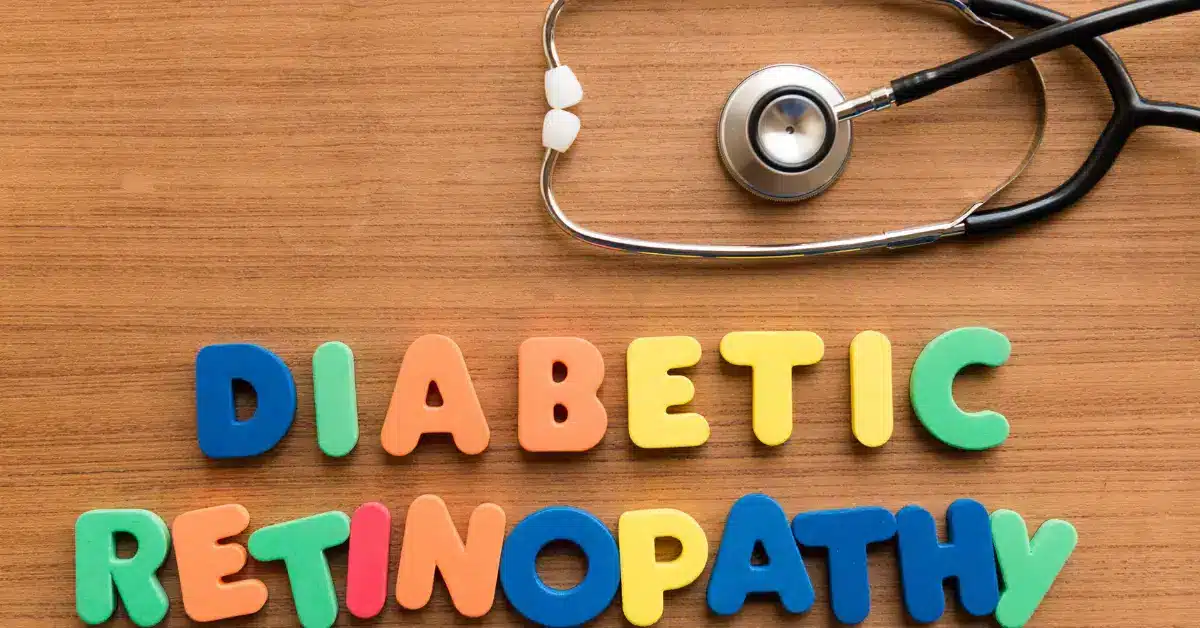Complete Guide to Diabetic Retinopathy Treatment
Diabetic Retinopathy is the major cause of blindness in people with Diabetes.
As per International Diabetes Federation, by 2040, there could be 224 million with DR. The number of people with sight-threatening DR could reach 70 million simultaneously.
In the early stages, it does not show any symptoms making the diagnosis and treatment a bit tricky.
There is no cure for DR, but the treatment works well to prevent, delay, or reduce vision loss.
Your doctor can suggest a comprehensive dilated eye exam for diagnosis. They may conduct Fluorescein angiography and Optical Coherence Tomography (OCT).
Treatment depends on your DR type and how severe it is. The treatment’s main focus is on slowing or stopping it.
Continue reading to learn more about Diabetic Retinopathy treatment.
Treatment for Diabetic Retinopathy
Apart from managing Diabetes, there are some treatments your doctor may suggest.
It will depend on the stage of the Retinopathy and your health.
If you have mild nonproliferative diabetic Retinopathy, you may not need immediate treatment.
But your doctor will closely check your eyes to determine when you may need treatment.
If DR has advanced to Proliferative Retinopathy, your doctor may suggest treatments such as,
Anti-VEGF medications
Vascular Endothelial Growth Factor (VEGF) is a protein your body produces.
When your body requires new blood vessels, VEGF produces them. Anti-VEGF medication inhibits the growth of blood vessels in the eye by blocking VEGF.
This slows or stops the damage caused by abnormal blood vessels and slows vision loss.
A two-year study shows that these medicines do not affect improving visual acuity.
“While it is possible that preventive injections of anti-VEGF drugs may help protect vision in the longer-term, we saw no effect on vision at two years.
Raj Maturi, M.D., Indiana University, the protocol chair for the study
These 2-year results suggest that close monitoring and routine treatment when complications develop are key to preventing vision loss from diabetic retinopathy.”
Sometimes anti-VEGF injections can help to shrink new blood vessels in Proliferative DR.
FDA has approved medicines for treating diabetic macular edema like Ranibizumab-Nuna and Aflibercept.
The injections can cause mild discomfort, such as burning, tearing, or pain, for 24 hours afterward.
Possible side effects include a buildup of pressure in the eye and infection. Your doctor might suggest repeating the injections.
They can also recommend these medicines with laser treatment.
Corticosteroids
Corticosteroids have various anti-inflammatory and antiangiogenesis properties.
As per Johns Hopkins Wilmer Eye Institute research, injecting a corticosteroid into the eye may slow proliferative DR.
The researchers used the corticosteroid Triamcinolone. The study also warns that steroids in the eye may increase the risk of glaucoma and cataract.
Your doctor may even suggest Corticosteroid Therapy with a Sustained Delivery System.
This therapy was developed for treating chronic DR and reducing its effects.
It includes an implant such as Iluvien. It can release Fluocinolone for up to three years. Iluvien got its FDA approval in 2014.
The tiny implant allows the direct injection to the back of the eye with a self-sealing hole. The implant releases a small amount of corticosteroid over time.
Laser Treatment

Photocoagulation or focus laser treatment can stop or slow the leakage of blood and fluid in the eye.
Laser burns treat leaks from abnormal blood vessels during the procedure.
Focal laser treatment is performed in a single session in your doctor’s office or eye clinic.
If you had blurred vision due to macular edema before surgery, the treatment might not restore your vision to normal.
But it will reduce the likelihood of the macular edema worsening.
A 2014 review concludes that laser photocoagulation helps treat proliferative DR.
Panretinal photocoagulation, known as scatter laser treatment, can shrink abnormal blood vessels.
In this treatment, areas of the retina away from the macula are treated with scattered laser burns.
The burns cause the abnormal new blood vessels to shrink and scar.
It’s usually done in two or more sessions in your doctor’s office or eye clinic.
Your vision will be blurry for about a day after the procedure. Some loss of peripheral vision or night vision after the procedure is possible.
Vitrectomy
A tiny incision removes blood from the middle of the eye and scar tissue pulling on the retina.
This surgery is done in a hospital or surgery center under local or general anesthesia.
A 2016 study on Vitrectomy shows its efficacy and safety. It can help improve some complications of diabetic Retinopathy.
The study also found that with modern techniques, there is a chance of better surgery. It also found quicker patient recovery increased.
Conclusion

Diabetic Retinopathy is the leading reason for blindness in people with Diabetes. There is no cure for the condition.
Yet, a few treatment options can help you slow down or stop the advancement of DR. There are medicines like Anti-VEGF, laser, and surgical options available.
Consult a doctor for the best course of treatment.
As Diabetes is incurable, future retina damage and vision loss are still possible.
Even after Diabetic Retinopathy treatment, you’ll need regular eye exams. At some point, you might need more treatment.
Frequently Asked Questions
WowRx uses only high-quality sources while writing our articles. Please read our content information policy to know more about how we keep our content reliable and trustworthy.






